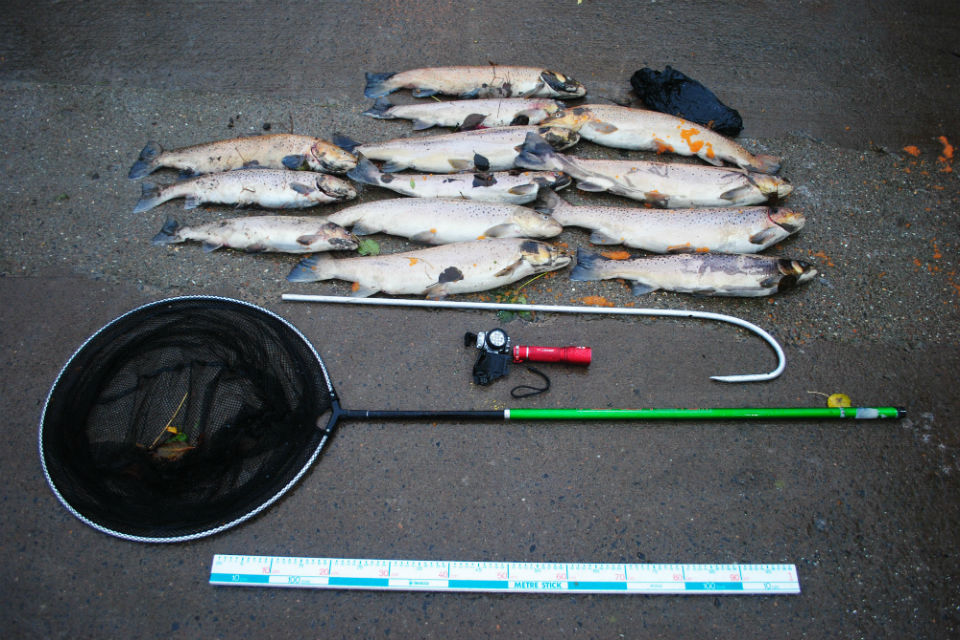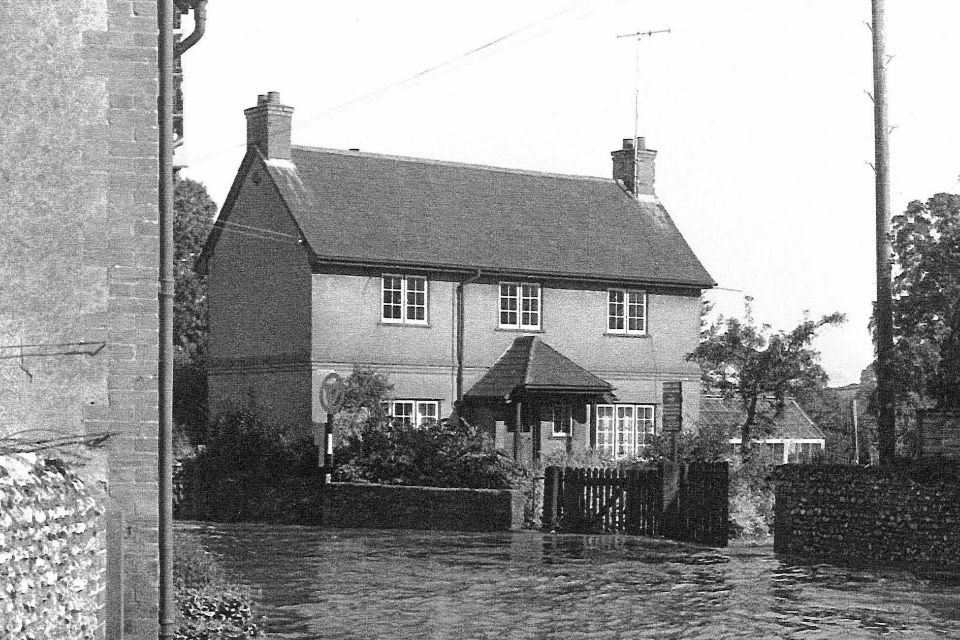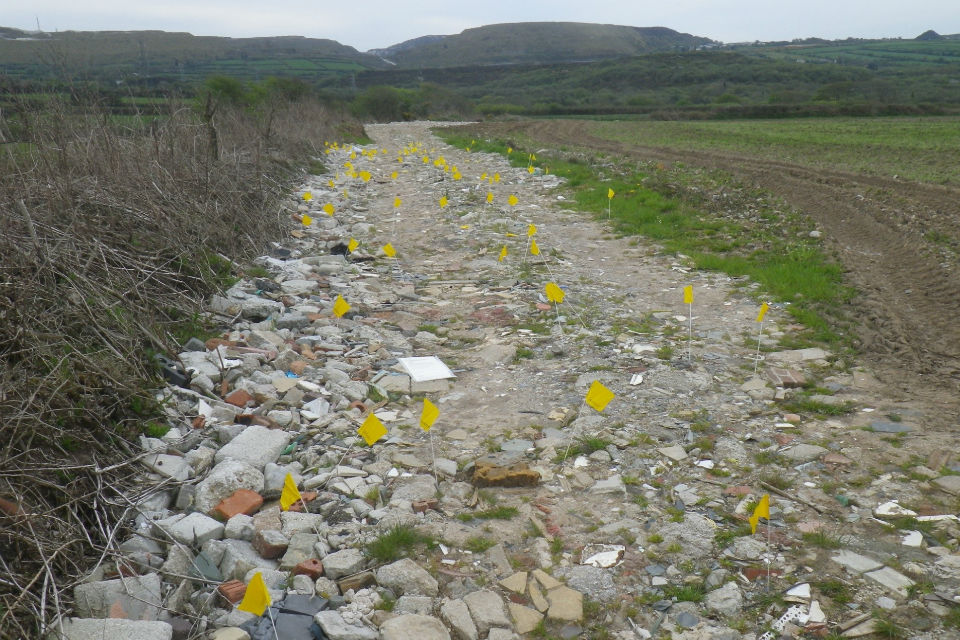On 3 July 2018, Hereford Magistrates’ Court fined the company £50,000 and ordered it to pay prosecution costs of £50,000.
The charge was brought by the Environment Agency under the Environmental Permitting (England & Wales) Regulations 2010.
Between July 2014 and October 2014, the company deposited over 5,000 tonnes of soil, stone, brick and concrete into two land hollows on land at Bage Farm, Madley. The hollows were a habitat for great-crested newts, a European protected species. The depositing of the waste had resulted in the disturbance, injury, and killing of some of the newt population.
As part of the fine the court ordered the company to pay the costs that it had avoided in failing to lawfully dispose of the waste.
The company had a previous caution for environmental offences committed in 2010 and 2011.
In mitigation, the company’s barrister stated that the company had pleaded guilty to the offence and had no previous convictions. He also stated that the newt population had thrived in the time following the offence.
Speaking after the case, Environment Officer Lyndon Essex, said:
Waste crime is a serious offence with tough penalties as it can damage the environment and undermine those who operate legally. This case sends out a clear message that we will not hesitate to take action to ensure the protection of the environment.
You can call the Environment Agency on 0370 850 6506 to find out how to responsibly manage any waste your business produces or visit https://www.gov.uk/managing-your-waste-an-overview/overview
Everyone can all play a part in helping to prevent waste getting into the hands of criminals. If you suspect that a company is doing something wrong, you can call the Environment Agency on 0800 80 70 60 or report it anonymously to Crimestoppers on 0800 555 111.
Link: Press release: Company fined £50,000 for environmental offence
Source: Environment Agency






